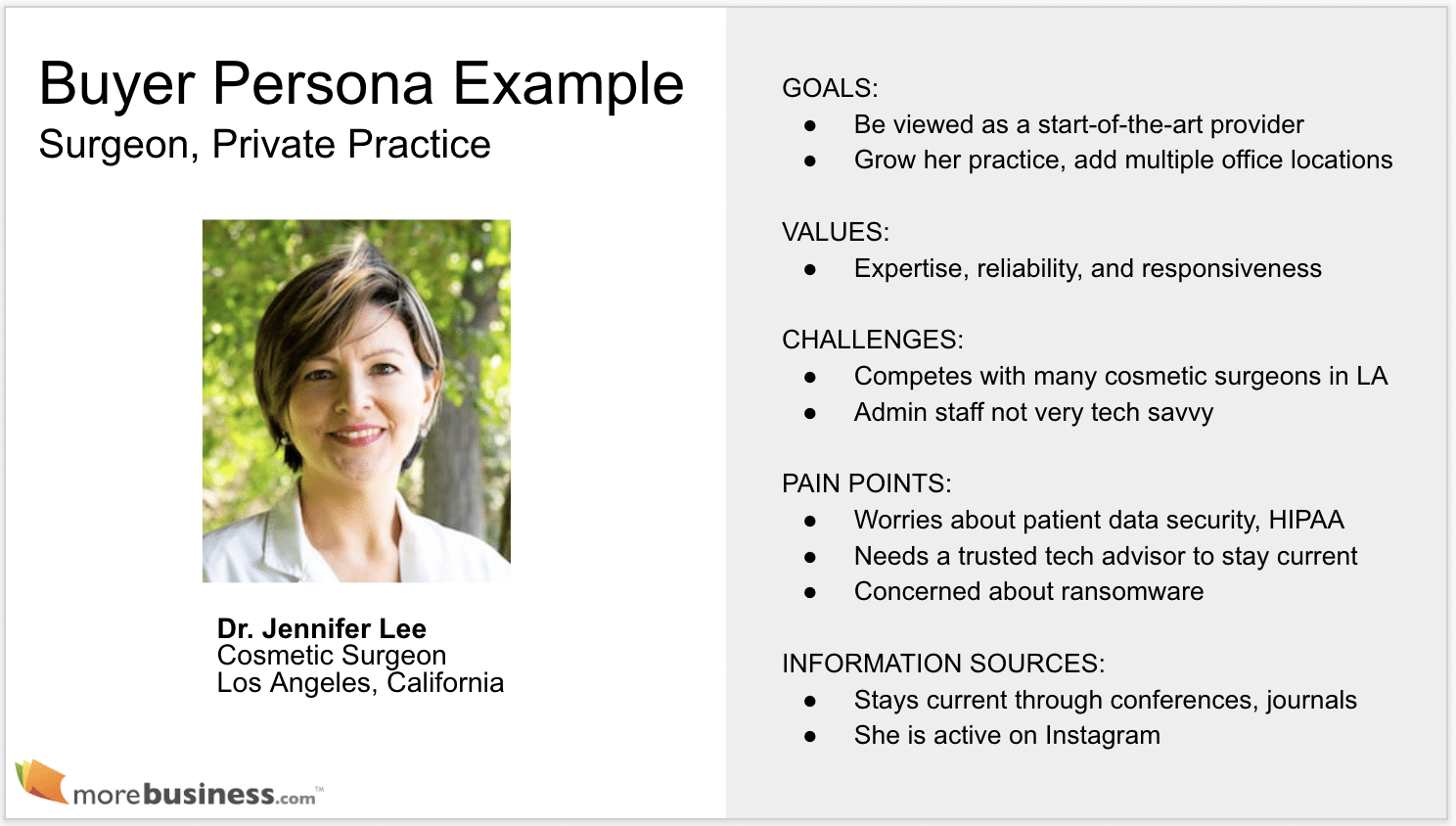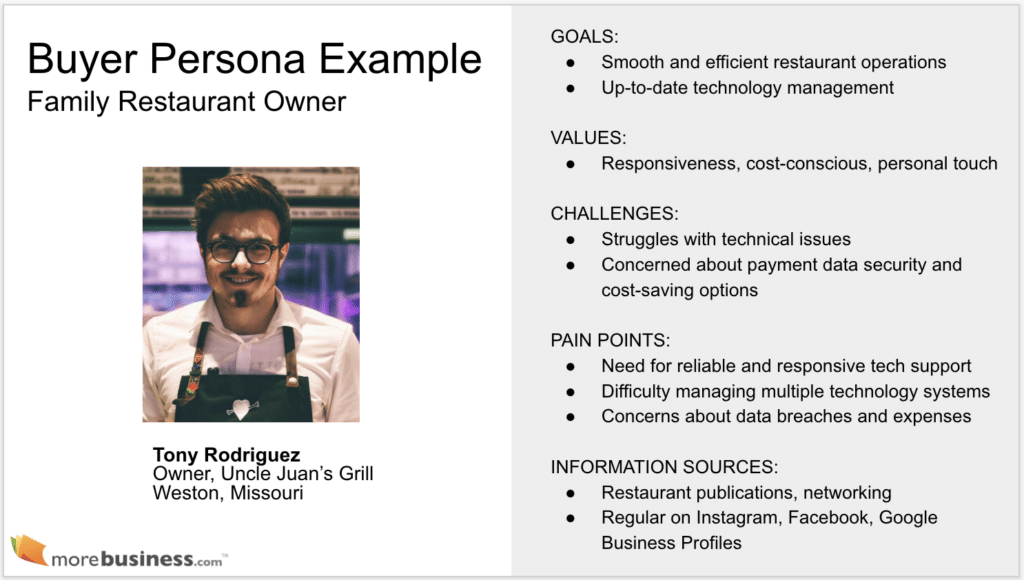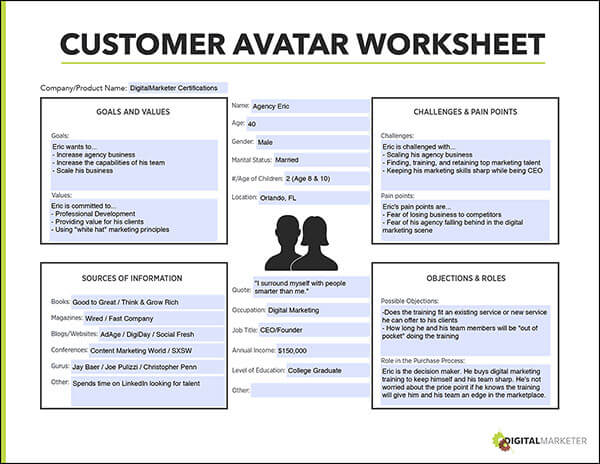Building a Buyer Persona for Certification Training Businesses
Creating a buyer persona for certification training businesses involves understanding the demographics, behaviors, and motivations of your target audience. Here's a step-by-step guide to help you build an effective buyer persona:
1. Gather Demographic Information
- Age: Identify the typical age range of your learners.
- Gender: Determine if there is a gender bias in your audience.
- Education: Understand the educational background of your learners.
- Location: Identify where your learners are based geographically.
- Job Title: Determine the job roles or industries your learners are in.
2. Identify Behaviors
- Learning Habits: Understand how your learners prefer to consume information (e.g., online courses, workshops).
- Career Goals: Identify what career advancements or skills your learners are seeking.
- Preferred Communication Channels: Determine how your learners like to be contacted (e.g., email, social media).
3. Psychographic Information
- Motivations: Understand what drives your learners to seek certification (e.g., career advancement, personal satisfaction).
- Values: Identify what values your learners hold dear (e.g., flexibility, affordability).
- Pain Points: Determine any challenges or obstacles your learners face in achieving their goals.
4. Goals and Objectives
- Short-term Goals: Identify immediate objectives, such as completing a certification within a certain timeframe.
- Long-term Goals: Understand broader career aspirations or personal development goals.
5. Industry/Professional Information
- Industry Trends: Stay updated on current trends and challenges in the industries your learners are part of.
- Professional Networks: Identify any professional associations or networks your learners are involved with.
6. Pain Points and Challenges
- Common Challenges: Determine common obstacles faced by your learners (e.g., lack of time, financial constraints).
- Solutions Sought: Understand what solutions your learners are looking for to overcome these challenges.
7. Sources of Information
- Customer Database: Use your CRM to analyze customer trends and preferences.
- Instructors and Sales Teams: Gather insights from instructors and sales teams who interact with learners.
- Surveys and Feedback: Conduct surveys or gather feedback from current and past learners to refine your persona.
Example Buyer Persona Template
| Category | Description |
|---|---|
| Demographics | Age: 25-40, Gender: Both, Education: Bachelor's degree, Location: Urban areas |
| Behaviors | Learns through online courses, seeks career advancement |
| Psychographics | Motivated by career growth, values flexibility and affordability |
| Goals | Short-term: Complete certification within 6 months, Long-term: Leadership roles |
| Industry/Professional | Involved in tech and healthcare industries, part of professional networks like LinkedIn groups |
| Pain Points | Limited time, high cost of courses |
Tools and Resources for Persona Development
- Buyer Persona Masterclass: Offers comprehensive tools and templates for persona development.
- Persona Certified Courses: Provides certification and practical tips for creating effective personas.
- Free Courses: Juno School offers a free course on mastering buyer personas.
By following these steps and using the right tools, you can create a detailed buyer persona that helps tailor your certification training offerings to meet the needs of your target audience effectively.





